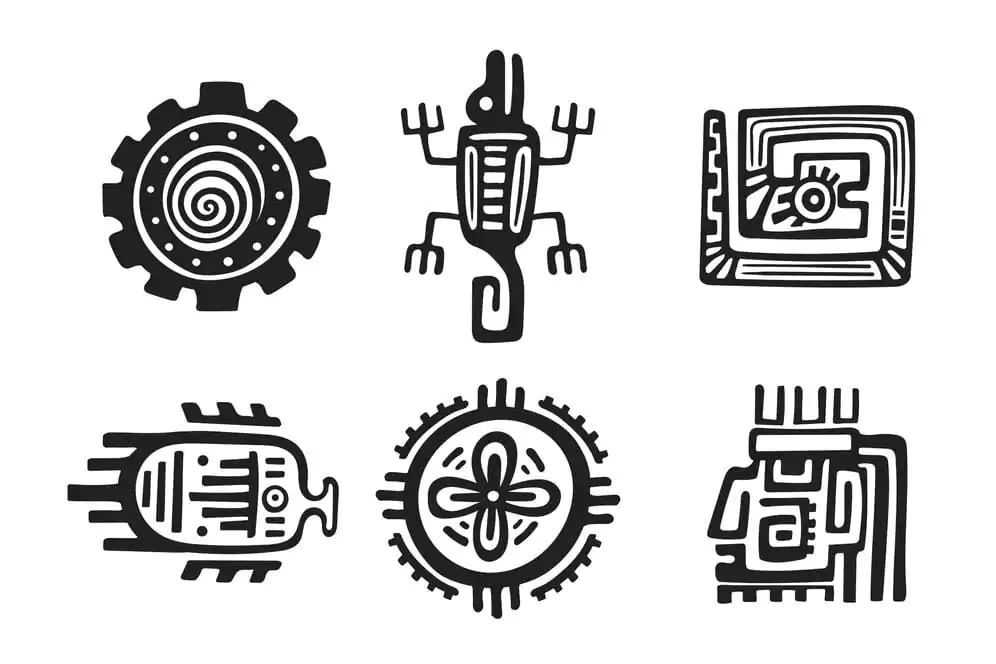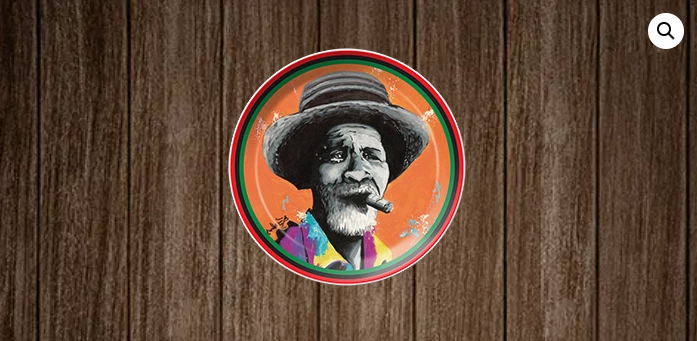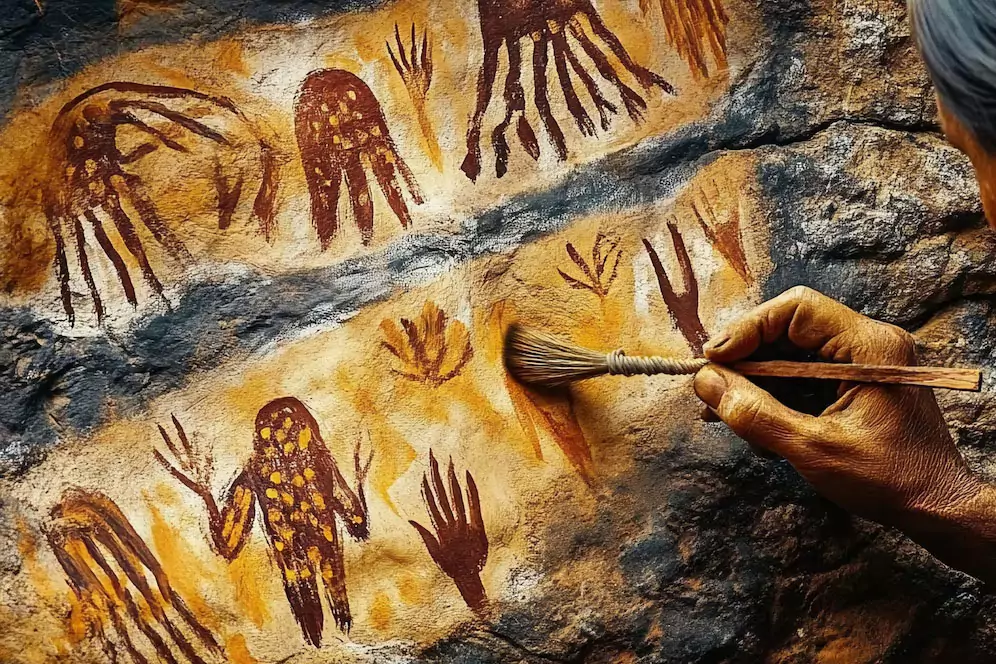Schedule Appointment
Schedule Appointment

Without a doubt, Black American symbols have played great roles in articulating the essence of African American identity through time, values, and resilience. These symbols go far beyond simple images: they are powerful representations of culture-heritage-struggle-triumph. From the Black Power fist to the well-known African American flag, symbols that define African American culture hold meanings deep within and are passed on through generations.

In this post, we will look at some of the most important Black American symbols, what they have historically and presently represented, and why they still unite and inspire African American communities today. We’ll also discuss artworks such as First Generation College Student plates, Social Hour at the Barber Shop plates, The Fruit Ladies plates, and Mary’s Hope – A Savior for the World that commemorate and symbolize these symbols.

Black American symbols are images, objects, or gestures that carry cultural, political, or historical meaning within the African American community. They have frequently been used as instruments of resistance, identity, and empowerment, from slavery times to the Civil Rights Movement and beyond.
These symbols are not just visuals; they represent Black Americans’ shared history and dreams. In art, literature, music, and popular expressions, symbols of Black American culture narrate stories of survival, strength, and cultural pride.

Perhaps the strongest of all Black American symbols is the raised fist. Traditionally a symbol of the Black Power movement of the 1960s and 1970s, the raised fist is a call to solidarity, strength, and resistance against racism. The clutched fist symbolizes the struggle for equality and determination to achieve liberation from oppression.
The upraised fist has been famously utilized by athletes Tommie Smith and John Carlos in the 1968 Olympics, an enduring image of symbols of Black American culture. Today, it is still a global symbol of empowerment, usually utilized in demonstrations, political action, and cultural events to obtain racial justice.
Another significant symbol for African American culture is the African American flag, which artist and activist David Hammons created. The flag has three horizontal stripes of red, black, and green. Each stripe is meant to symbolize something specific:
Despite being overshadowed by the national flag, this flag is now a symbol of pride and solidarity among African Americans. The African American flag is flown during events, festivals, and civil rights protests to remind everyone of the struggle that continues and the resilience of Black Americans.
The Sankofa bird is an important symbol of African American culture and, more broadly, the African diaspora. The Sankofa symbol comes from the Akan people of West Africa and is commonly represented as a bird looking backward with its head, carrying an egg in its beak.
“Sankofa” means “return and get it,” representing the understanding that we must refer to the past to proceed. This idea is entrenched in African American society, as reclaiming and accepting African heritage is essential in creating a brighter future. The Sankofa bird teaches us to recall where we originated from to know who we are and where we are going.
Another influential aspect of Black culture symbolism is the Black Panther Party, established in 1966 by Huey Newton and Bobby Seale. Sleek and strong, the panther became the Black Panther Party’s symbol, representing courage, self-defense, and the indefatigable struggle against police brutality and racism.
Here, the panther was not only an animal but a symbol of the collective power of the African American people, struggling for their rights and future. The Black Panther is still a powerful symbol of resistance, social justice, and empowerment, symbolizing the continued struggle for civil rights.
Art has long been a way to convey Black American cultural symbols. One can see this in the numerous collections, including First Generation College Student plates, Social Hour at the Barber Shop plates, The Fruit Ladies plates, and Mary’s Hope – A Savior for the World plates. The plates are not merely decorative objects—they are narratives of Black history, empowerment, and resilience.
It is impossible to discuss symbols of African American culture without considering the overwhelming power of music. From spirituals and blues to jazz, hip-hop, and rap, African American music has been a vehicle of storytelling, protest, and cultural expression. Artists such as Billie Holiday, James Brown, Nina Simone, and Tupac Shakur used their work to promote Black American symbols in their lyrics, performances, and public images.
The symbolic music signs—such as the trumpet (jazz), microphone (hip-hop), or guitar (blues)—are visual symbols of African American contribution to music and culture. They are symbols of innovation, survival, and the emotional strength of Black art.
Black American symbols are not just representations of a person or people—they are a living reminder of African Americans’ strength, ingenuity, and spirit through the ages. From the clenched fist of defiance to the Sankofa bird of knowledge, these symbols motivate new generations to fight for justice and equality.
The symbols of Black American culture are also expressed through art and day-to-day life. Sets such as the First Generation College Student plates, Social Hour at the Barber Shop plates, The Fruit Ladies plates, and Mary’s Hope – A Savior for the World plates capture African American life’s diversity, strength, and beauty.